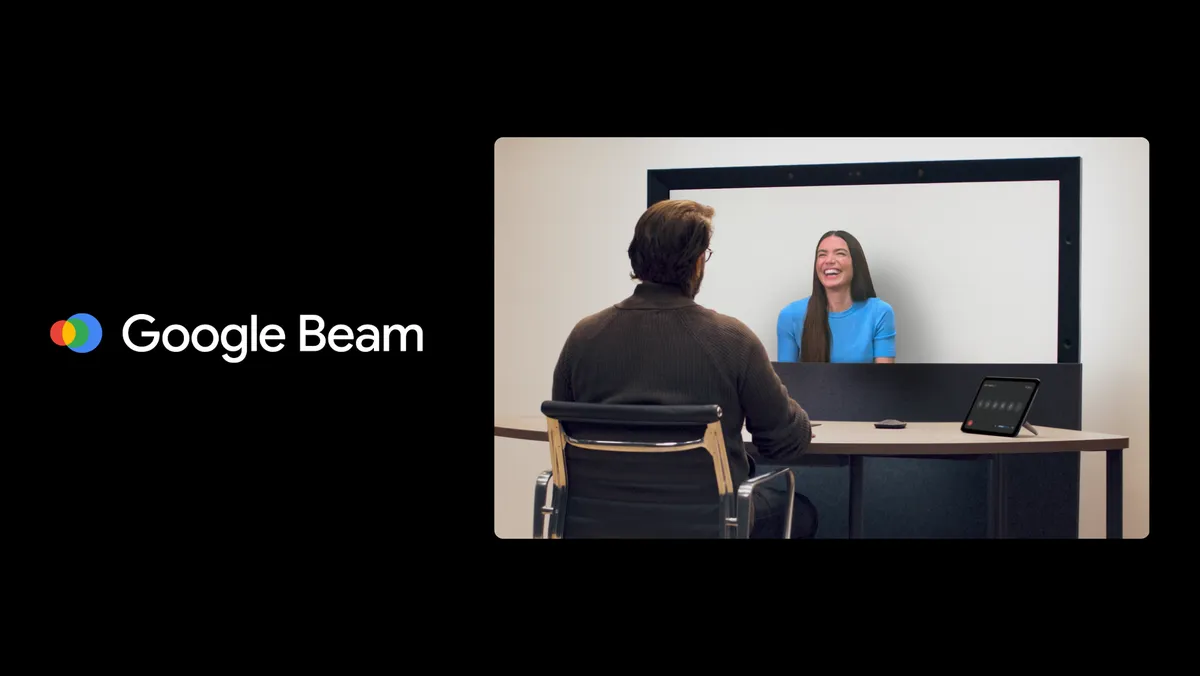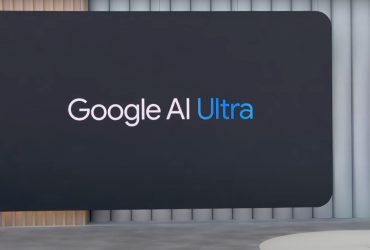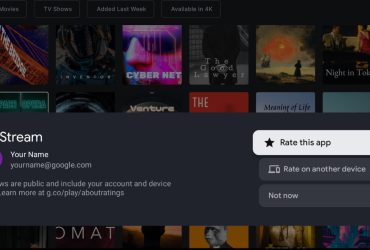Google’s Beam Redefines Connectivity With Hyper-Real 3D Video Calls

At Google I/O 2025, Google unveiled Beam, the evolution of Project Starline. This AI-first 3D video communication platform uses advanced AI and a light field display to create hyper-realistic, 3D video calls from any perspective. Partnering with HP, Beam devices will launch for select enterprise customers later this year, aiming to make virtual connections feel truly meaningful.
In 2021, Google first teased something called Project Starline. It was a “magic window” that promised incredibly lifelike video calls, almost like holograms that made you feel like the other party was actually there, right in front of you. Well, at Google I/O 2025, that advanced video conferencing concept just got an upgrade and a new name: Beam.
Google CEO Sundar Pichai announced that Project Starline is evolving into an “AI-first 3D video communication platform” called Beam. The idea is to make virtual connections feel truly meaningful, no matter where people are.
Google Beam will take video conferencing to the next level
So, how does Beam work its magic? It’s all thanks to some seriously advanced tech. The system uses a “state-of-the-art AI volumetric video model” powered by Google Cloud, along with a special light field display. What this means for you is that calls appear fully 3D from any perspective, making it feel like the person is there.
Beam is packed with six cameras to capture you from different angles. Smart AI stitches all that information together, rendering both you and your caller in amazing 3D. The system even tracks your head movements at 60 frames per second to ensure the visuals always look perfect from your viewpoint.
What if you could take a 2D video call and make it feel like you’re really there?
Google Beam, our new AI-first video communication platform, does just that — using a state-of-the-art AI video model to transform 2D video streams into a realistic 3D experience. #GoogleIO pic.twitter.com/TfXvGBfUzk
— Google (@Google) May 20, 2025
This might not be something you’ll install in your living room just yet (these are likely designed for large offices and come with a significant price tag, potentially like other similar setups costing tens of thousands of dollars). However, Google is teaming up with HP to bring the first Beam devices to select business customers later this year. They’re also working with big names like Zoom and other partners to expand Beam’s reach globally.
Companies like Deloitte and even Duolingo are already interested, which makes us wonder about the possibilities. Google also mentioned exploring real-time speech translation with Beam. A good implementation could be a game-changer for global communication.
The first Google Beam products from HP will be showcased at InfoComm in Orlando, FL, from June 7 to 13. It’s clear that Google is pushing the boundaries of how we connect, making video calls feel more personal and real than ever before.
What’s your reaction?
Love0
Sad0
Happy0
Sleepy0
Angry0
Dead0
Wink0




![here’s-a-closer-look-at-wear-os-6;-customizable-color-themes,-material-updates,-modes-[gallery]](https://betadroid.in/wp-content/uploads/2025/05/21713-heres-a-closer-look-at-wear-os-6-customizable-color-themes-material-updates-modes-gallery-280x210.jpg)





Leave a Reply
View Comments